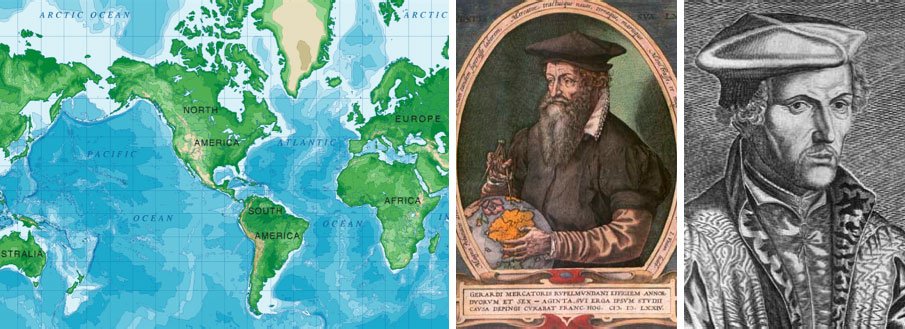

What remained preserved of the mathematics and of the exact, medical and human sciences of the ancient times, in original form and in translations, in Byzantium, in European monasteries and elsewhere, and also the extensions and additions to this heritage in general, from the Chinese, Japanese, Jewish and other civilisations, and, to this heritage in mathematics in particular, by the Hindu and the Arabic contributions on trigonometry and on algebra, after a long dark period, again became sources of reflection and inspiration for European scholars like, amongst others, Fibonacci, Oresme, da Vinci and Dürer.One of the historical lines of significant new developments in mathematics and its applications traces back to the Leuven professor Gemma Frisius (1508 – 1555) who flourished at Antwerp, the then cultural and mercantile center of Flanders.
Frisius amongst others studied the triangulations of surfaces and explicitly wrote down some of the first tables of interests (and so, for compound interests, basically tables of exponential functions). Together with his student Mercator, he studied the stereographic projection and made celestial and worldly globes.Later Mercator composed “atlases” using charts in Mercator’s projection, i.e. by conformal mappings which turn spherical loxodromes on the earth into straight lines on their planar representations (and which analytically concern logarithmic functions).